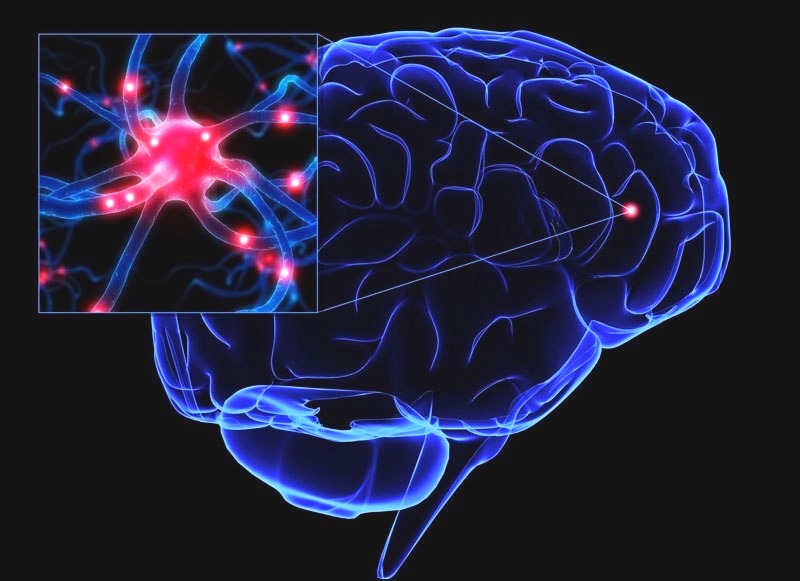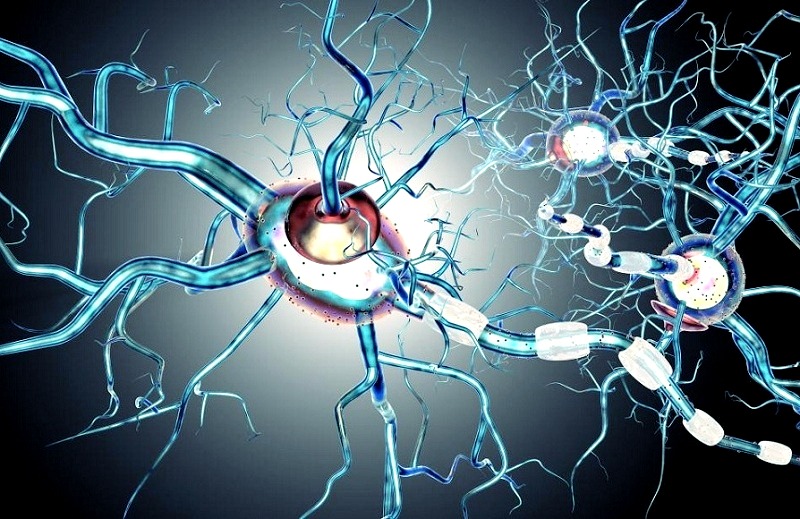Neuromuscular disorders are those types of disorders that affect the neurons involved in the voluntary movement of the muscles. This type of diseases appears when the neurons with functions in movement become damaged or die. Subsequently, the muscles will become weaker and less capable to sustain a normal movement. Below are some of the most popular neuromuscular diseases, their symptoms, and some management strategies.
Amyotrophic Lateral Sclerosis
ALS is a neuromuscular disease in which the neurons in the brain and spinal chord are attacked. While at first, the patient will experience slight trouble walking and moving, the symptoms accentuate in time, without a prospect for a cure. Some of the most common symptoms of ALS are described below:
- Difficulties walking and running;
- Speech issues;
- Writing difficulties.
The first symptoms usually appear in people aged between forty and sixty, with a prevalence in men. While genetical factors seem to favor the appearance of the disease, in some cases, people without any medical history in the family will get it.

In late stages of the disease, the patient becomes unable to move. Lung failure is expected to appear, as the chest muscles become unable to move. While a breathing machine has the potential to help and prologue the patient’s life, most will die due to a respiratory failure.
Living with Amyotrophic Lateral Sclerosis is manageable, until the more accentuated stages of the disease. Occupational therapy and getting involved in minor daily activities, such as buttoning a shirt or using the toilet themselves, might help the patients delay the evolution of the disease. Most of the experts in ALS emphasize the importance of occupational therapy in ALS sufferer.
Multiple Sclerosis
Another common neuromuscular disease, multiple sclerosis attacks the same areas of the neurological system: the brain and spinal cord. However, this disease attacks the myelin, a protective layer in neuron’s structure. This will either slow down or block entirely the electrical impulses between the neurons and muscles. Some of the most common symptoms in the case of MS sufferers are:
- Muscular weakness;
- Visual disruptions;
- Balance and coordination issues;
- Pins-and-needless, numbness, prickling sensations in the limbs;
- Memory and cognitive issues.

While some voices claim that MS could be an autoimmune disease, nobody truly knows its causes and triggers. While ALS was found predominantly in men, MS seems to affect more women, with the debut in individuals as young as 20.There is no testing available to assess the presence of MS, medical staff putting a diagnose based on the symptoms above. Just like in the case of ALS, there is no cure for MS, but occupational therapy might help the patient function with more ease for longer intervals. Also, medical treatment is oftentimes prescribed. Just like in the case of ALS, MS leads to severe breathing issues.
These are two of the most common neuromuscular diseases. While these disorders don’t have a cure, occupational therapy and attending support groups may help the patient raise the living standard. Medicine may help in some cases, but it doesn’t cure the diseases, unfortunately.